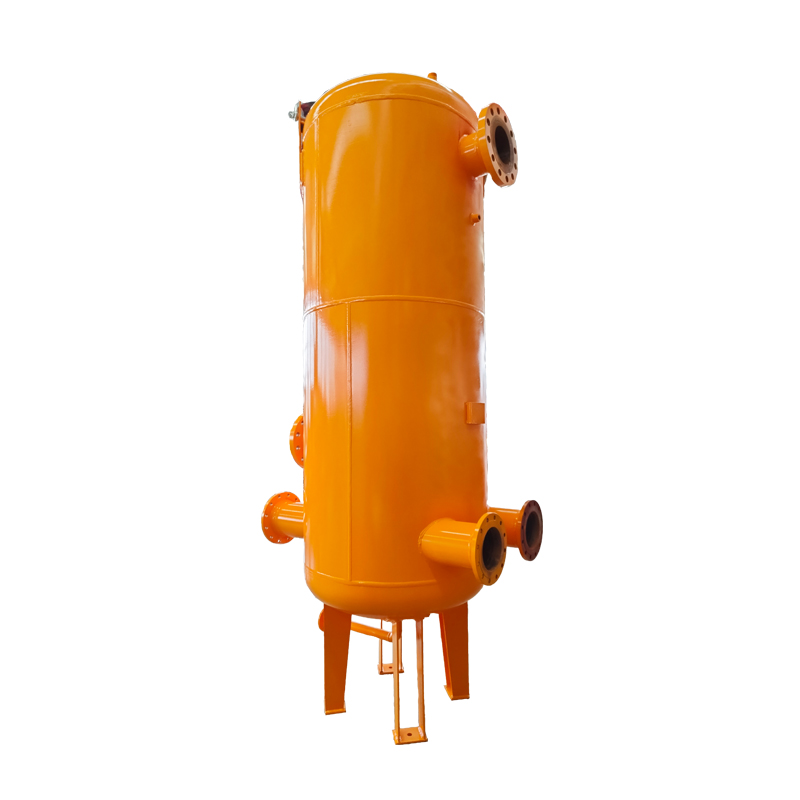
Dec . 29, 2024 00:08
Back to list
معدات تخفيف الضغط
Pressure Relief Equipment Ensuring Safety and Efficiency in Industrial Processes
In various industrial settings, managing pressure is a critical aspect of operations to ensure both safety and efficiency. One key element in achieving this is the use of pressure relief equipment, which plays a vital role in preventing hazardous situations that could arise from overpressure conditions. These devices are essential for a range of applications, including oil and gas, chemical processing, and power generation.
Pressure relief equipment typically includes devices such as pressure relief valves (PRVs), rupture disks, and pressure switches
. Each of these devices serves a unique purpose, yet they all contribute to the overarching goal of maintaining safe operational pressures within equipment and pipelines.Pressure relief valves are the most commonly used devices in this category. They automatically release excess pressure when it exceeds a predetermined limit, allowing the system to return to a safe operating level. This mechanism is crucial in protecting vessels and pipelines from ruptures or explosions that could result from excessive pressure buildup. PRVs can be adjusted to specific pressures, making them versatile solutions for various systems.
Rupture disks, on the other hand, offer a different approach to pressure relief. These devices are designed to fail at a predetermined pressure, creating an opening that allows the pressure to escape. Unlike PRVs, rupture disks do not reseal, which means they must be replaced after activation. They are often used in applications where rapid pressure relief is necessary, providing a fail-safe option to safeguard equipment and personnel.
معدات تخفيف الضغط

Pressure switches serve as monitoring devices that control the operation of other pressure relief equipment. By continuously monitoring pressure levels, these switches can trigger alarms or activate relief valves when pressure exceeds safe limits. This proactive approach enhances the overall safety of industrial processes.
The importance of pressure relief equipment extends beyond mere safety measures; it also plays a significant role in operational efficiency. By maintaining optimal pressure levels, companies can prevent equipment failures and costly downtime. In industries where production processes are intricately linked to pressure levels, such as refining and petrochemical production, the effective management of pressure is crucial to maintaining productivity and profitability.
Moreover, regulatory agencies enforce strict guidelines regarding the implementation and maintenance of pressure relief systems. Compliance with these regulations is not only necessary for legal and financial reasons but also for the protection of employees and the environment. Industries must conduct regular inspections, testing, and maintenance of their pressure relief equipment to ensure it operates correctly and meets safety standards.
In conclusion, pressure relief equipment is an indispensable component of industrial safety and efficiency. Through the use of devices such as pressure relief valves, rupture disks, and pressure switches, industries can effectively manage pressure levels, preventing accidents, optimizing operations, and adhering to regulatory requirements. As industries evolve and technologies advance, the importance of investing in reliable and effective pressure relief systems will continue to be paramount in safeguarding both personnel and facilities while enhancing productivity.
Latest news
-
Safety Valve Spring-Loaded Design Overpressure ProtectionNewsJul.25,2025
-
Precision Voltage Regulator AC5 Accuracy Grade PerformanceNewsJul.25,2025
-
Natural Gas Pressure Regulating Skid Industrial Pipeline ApplicationsNewsJul.25,2025
-
Natural Gas Filter Stainless Steel Mesh Element DesignNewsJul.25,2025
-
Gas Pressure Regulator Valve Direct-Acting Spring-Loaded DesignNewsJul.25,2025
-
Decompression Equipment Multi-Stage Heat Exchange System DesignNewsJul.25,2025

